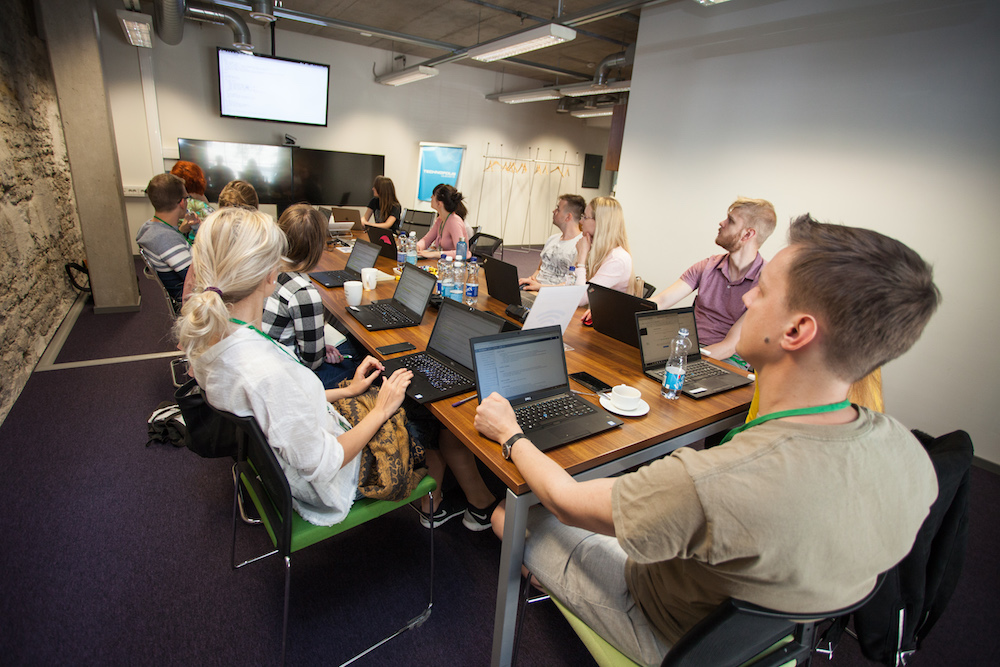
This year I did a 2h hands-on workshop Getting Started With Web Testing, which is partially based on the last year's workshop What Tools To Use To Test Better? There was small theoretical part about browsers and three practical exercises about DevTool, web accessibility and security. I leave slides here, just in case, but I don't believe that you find something interesting there.
Practical exercises can be more useful for you – they are available at GitHub repo github.com/iriiiina/nsu. You can find all three exercises, used tools and further reading suggestions there. The workshop was made for non-IT people, who were not encountered testing before, so exercises are quite simple and trivial.
On last year's post I had following lessons-learned about previous workshop:
The presentation was indeed slow for some IT students, because they already knew DevTool and may be some other stuff. So one of the lessons for the next time is to create more flexible content and give an opportunity to dive deeper for people who are bored.
This year there was fewer IT students, but I still tried to divide exercises on smaller parts. For example, I didn't give 10m of theory + 20m of personal time on one exercise, but 5m on small task + 5m of personal time + 5m of discussion and new small task + 5m of personal time etc. That went quite well for me. But some IT students were still a little bit bored, because they already knew a lot of basic stuff.
The second lesson is better plan less and make more breaks, which in this case worked great for me. I was actually surprised how timing went well this time.
I am not sure about this lesson now. This time I made too much time for QA part, which ended much quicker than I thought. I think this year I would modify this lesson: better plan some backup topic that you can talk about if there is left some time at the end. In fact, I was planning to talk about web automation if time is left, but refused this idea because you can't talk about automation briefly.
And the last lesson is don't waste time on technical stuff that doesn't matter for the main goal. For example, don't mess with creating your own REST services if you want to show Postman.
This is absolutely true. In fact, this year I used basically the same one exercise with minor modifications. If you open all three exercises, you can see that they look almost identical. The difference is in the back-end. For example, on second exercise about accessibility image without
alt tag is added, on last exercise about security cookie is added etc. I forgot to remove annoying pop-up dialogs on the second exercise, my bad, but I am still glad I choose this approach, because juniors can focus on specific features that are important, without need to learn new environment and design.
This year I didn't get any specific feedback, but main point is the same: participants have very different background, so either basic part is too boring or advanced part is too confusing. As always, there should be too many trade-offs.






















